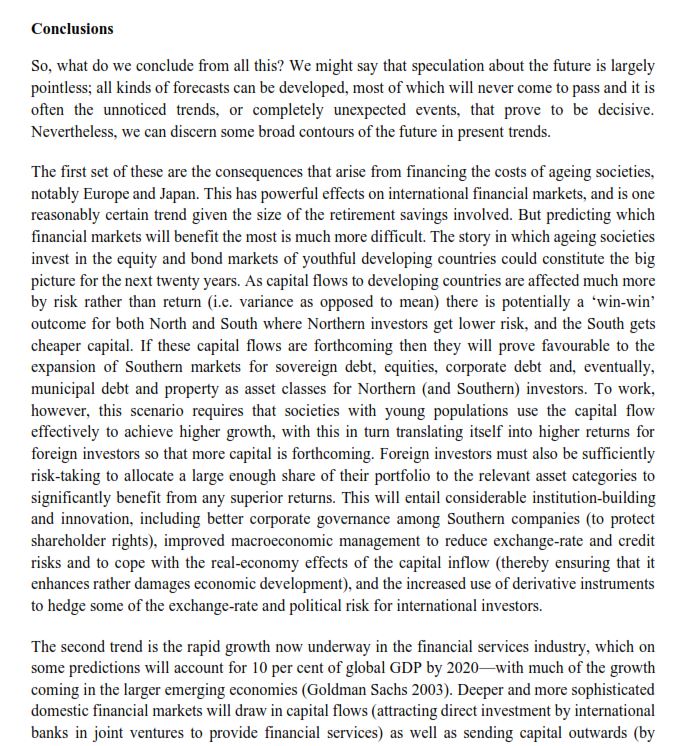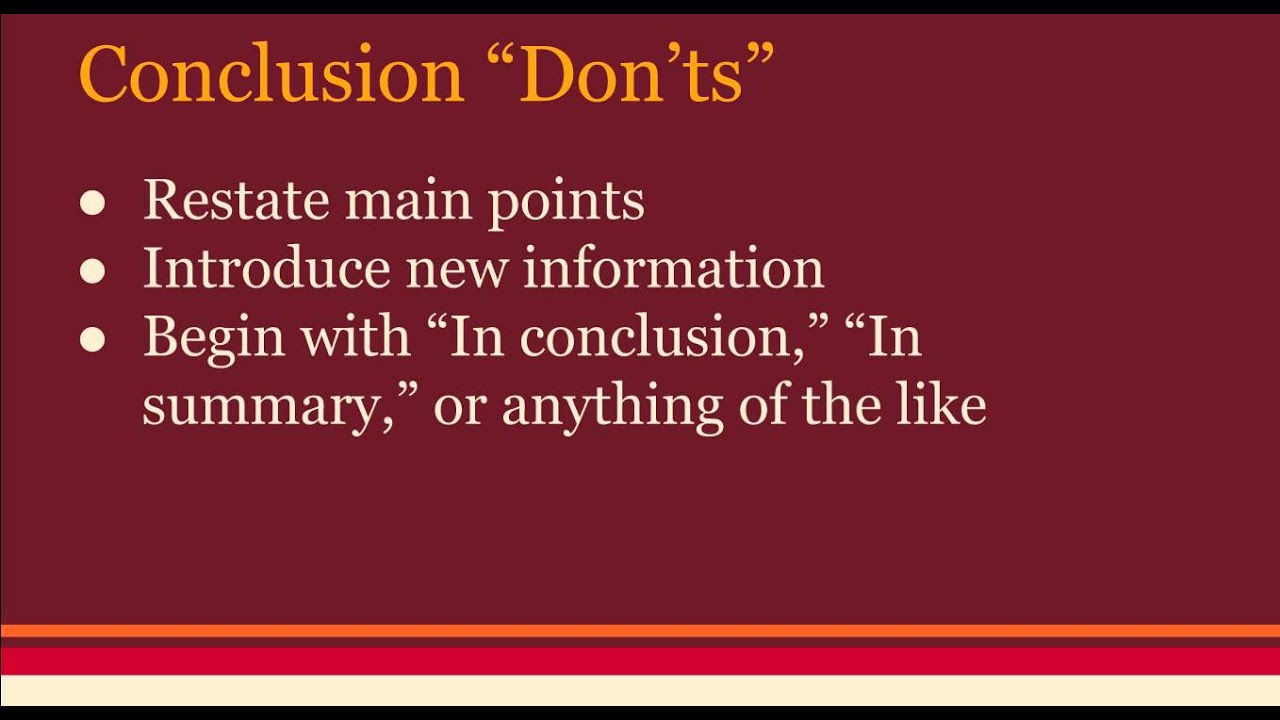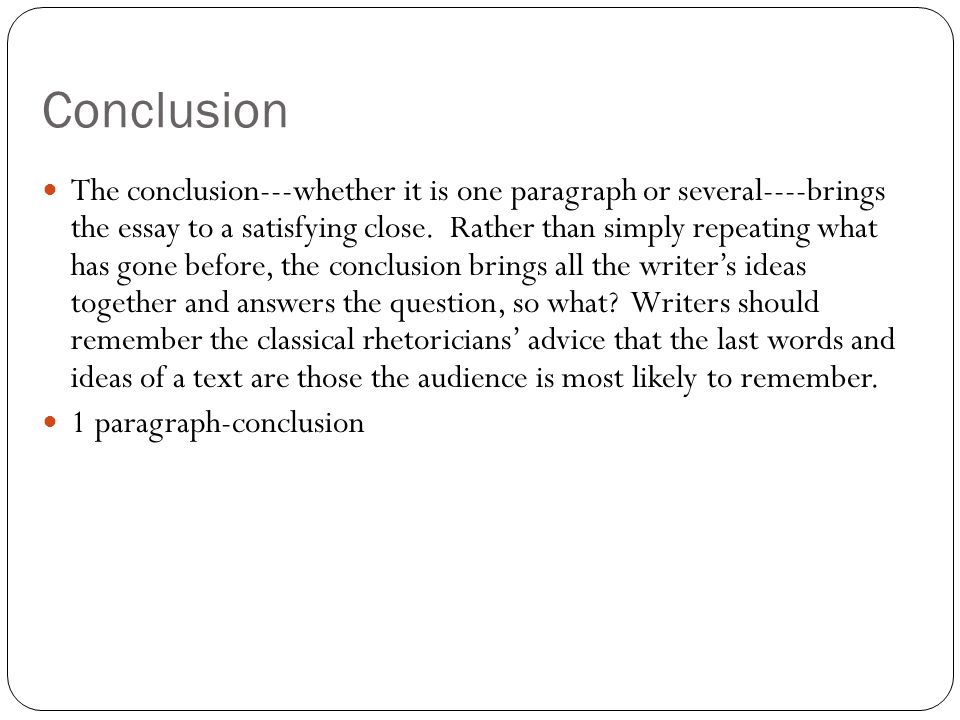In addition to presenting new ideas and introducing new ideas to your reader, the conclusion should match the objectives of the research paper. As a result, it should be as concise as possible and should be at least five to seven percent of the total word count of the paper. This length will depend on the type of paper you are writing and the purpose of the research. An empirical study, for example, will often have a short conclusion that summarizes the findings and makes recommendations. A conclusion for a qualitative study, on the other hand, must begin with a research question. This way, the conclusion provides a clear answer to the research question.
Inability to introduce new ideas
Many researchers find that they are unable to introduce new ideas in their conclusions for scientific papers. This is because their original objectives changed during the course of the research. It is critical that the researcher document any change in their objectives so that they are accurate. Using the same images in the introduction and conclusion can also help students. These images can tie the sections of the work together. Listed below are some examples of good conclusion sections.
Avoid making too many minor points in the conclusion for a scientific paper. Some students tend to ramble on with their work and it can be annoying. This is not the place to introduce new ideas. The conclusion is for the main points of the paper. You can cut off minor points or summarize the steps of research. Similarly, you can include additional topics stemming from the main topic. You can also compress minor points into a few short sentences.
Inability to appeal to readers’ emotions
The inability to appeal to readers’ emotions in describing a scientific paper’s conclusion is an often-overlooked but very common problem. Many writers, not all of them scientific, make the mistake of using appeals to readers’ emotions. These appeals to the reader’s emotions have the opposite effect than the purpose they were created for, and are therefore problematic. While they can be effective for attracting a reader’s attention, they’re not very effective for a scientific paper’s conclusion.




